OLD TOWN CAPE
Empowering Cape Girardeau’s homeless through accessible information.
Cape Girardeau faces a significant challenge with homelessness, where many individuals are unaware of the valuable resources the city has to offer. Recognizing this gap, I set out to design a solution that could effectively reach those in need, including individuals with low literacy, visual impairments such as color blindness, and other accessibility barriers. To ensure the information was widely accessible, I created a detailed resource map, a poster campaign, and informational brochures aimed at increasing awareness and guiding people to support services.
Our goal was not only to list programs focused on community development but also to make these resources highly visible and easy to find. We strategically placed kiosks and printed materials in high-traffic areas downtown, ensuring that those experiencing homelessness or financial hardship could access help when they needed it most. By integrating multiple forms of communication and considering accessibility challenges, we worked to bridge the gap between available services and the individuals who need them, bringing attention to this often-overlooked issue in Cape Girardeau.


How can design improve access to homelessness resources in Cape Girardeau?
Project Year: 2022
Overview: Cape Girardeau faces a homelessness crisis, with many unaware of available resources. I designed a map, poster campaign, and brochures, placing them in high-traffic downtown kiosks to improve accessibility and awareness.
Project Duration: 3 months
Team: Ciara Potter (Lead Researcher and Designer)
Services: Informational Design, Illustration
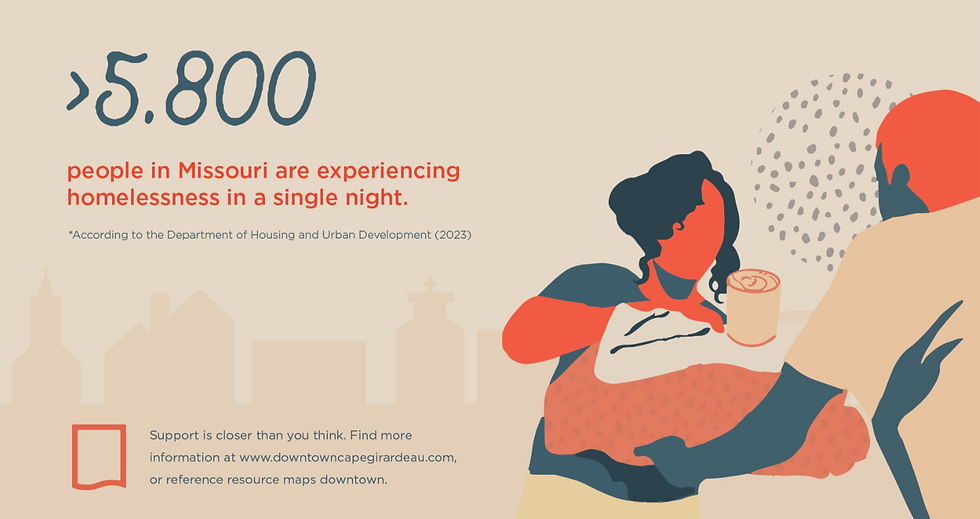
Project Overview
Background: The project aimed to support Cape Girardeau's homeless population, many of whom face barriers to accessing resources because they were solely listed online. Insights revealed that resources listed online under the company website were underutilized as, prompting a shift to focus on offline user experiences. The goal was to provide accessible, tech-free solutions to connect individuals with the help they need.
Project Outline: Research local homelessness resources, identify accessibility barriers, design a map, posters, and brochures, and strategically place them in high-traffic kiosks downtown to improve awareness and resource access.
Process: Interviews, Observations, Personas, Define the Problem, Ideation and Concept Development, Design, Implementation, Feedback
01
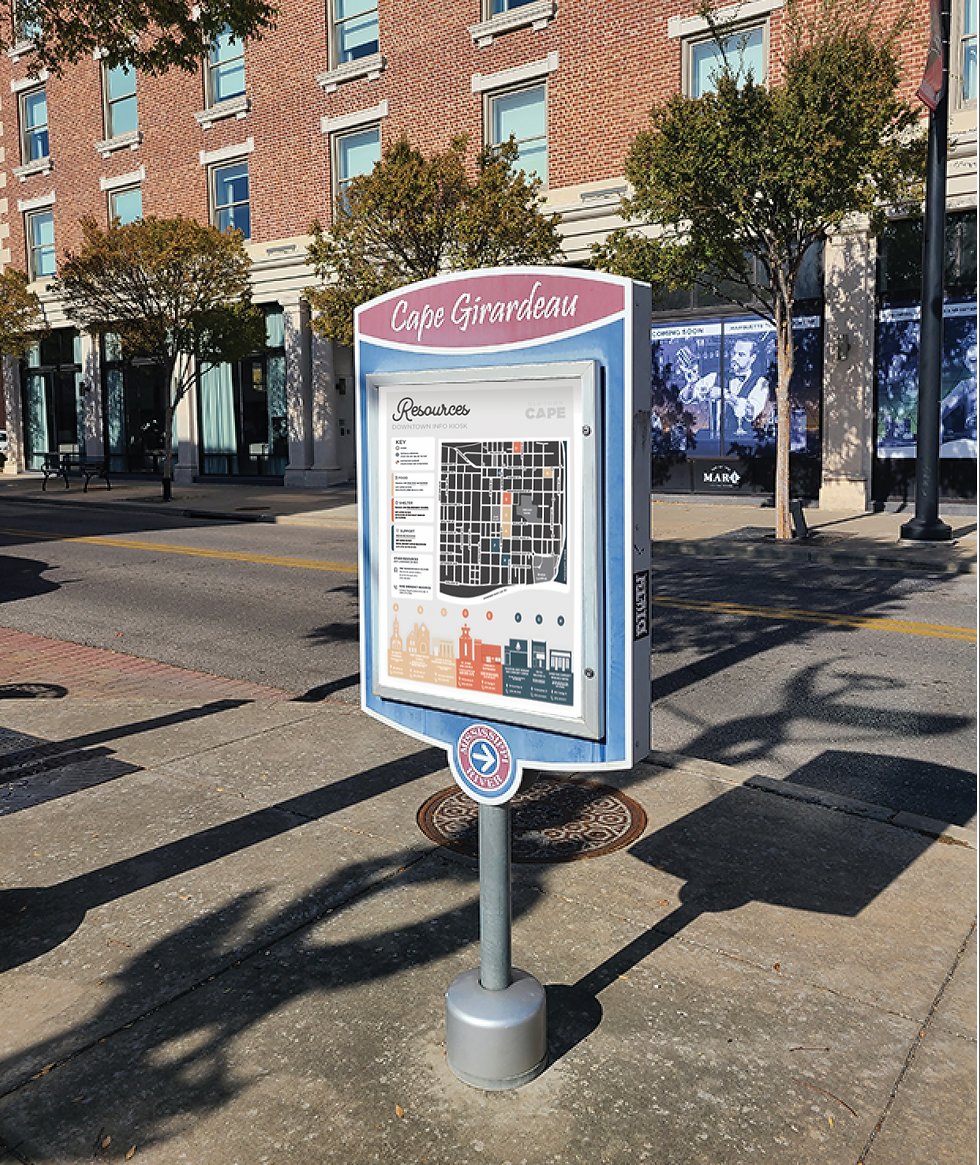
05
Launch
The campaign launched with posters placed in kiosks throughout downtown, ensuring high visibility in areas frequented by the target audience. The accessible design resonated with the community, successfully connecting individuals with vital resources and raising awareness about available support.
We expanded the effort into a broader campaign to increase visibility and supplement the maps. This included additional materials like flyers, banners, brochures to ensure the resources reached an even wider audience. By diversifying the campaign, we amplified awareness and strengthened the connection between those in need and the available support systems.

02
Background
The project aimed to support Cape Girardeau's homeless population, many of whom struggled to access essential resources because they were primarily listed online. To better understand their needs, I conducted ethnographic research, including field observations and conversations with community members. This revealed that digital resource listings were largely underutilized, prompting a shift toward offline, tech-free solutions for better accessibility.
Research Question: How might we reach our audience in a low-cost, effective way to increase engagement and usability?
03
Ethnographic Research & Mapping
Understanding the Problem: Cape Girardeau’s homeless population faces significant barriers to accessing resources, as many services are listed only online. I conducted ethnographic research to understand how individuals navigate and find support. This involved field observations of movement and interactions with kiosks; as well as interviews with community planners.
Key Personas and Their Challenges: Insights from research led to the development of three personas, representing diverse experiences or needs.
Mapping & Identifying Gaps
Using the provided resource kiosk map, I analyzed coverage and accessibility throughout downtown Cape Girardeau:
Key Insights:
-
Kiosks were placed in high traffic areas but not near resources.
-
Essential services (food, shelters, health clinics) weren’t connected to kiosks.
-
Homeless individuals frequently moved beyond the mapped area, highlighting the need for expanded access points.
Design Implications & Recommendations
Based on these findings, I proposed low-tech, human-centered solutions to enhance accessibility:
-
Physical Wayfinding Tools – Printed maps and guides placed in shelters, community centers, and kiosks.
-
Optimized Kiosk Placement – Expanding to high-traffic but underserved locations.
-
Community Partnerships – Engaging local businesses to serve as information hubs.
By prioritizing accessibility and offline engagement, these solutions ensure that Cape Girardeau’s homeless population can connect with critical resources—regardless of digital access.


04
Design
I mapped out existing services such as shelters, food distribution centers, mental health services. I categorized these services into clear grouping to make navigation easier. To enhance usability and accessibility, I assigned distinct colors to each category, ensuring quick visual recognition for users with low literacy or cognitive disabilities.
The final step was creating an intuitive map that visually connected key resource locations with the city's kiosk system. I carefully considered legibility and wayfinding with clear landmarks to help users orient themselves. The result was a human-centered, tech-free solution that allowed individuals to find essential services without relying on digital tools, bridging the accessibility gap and making vital information more inclusive.

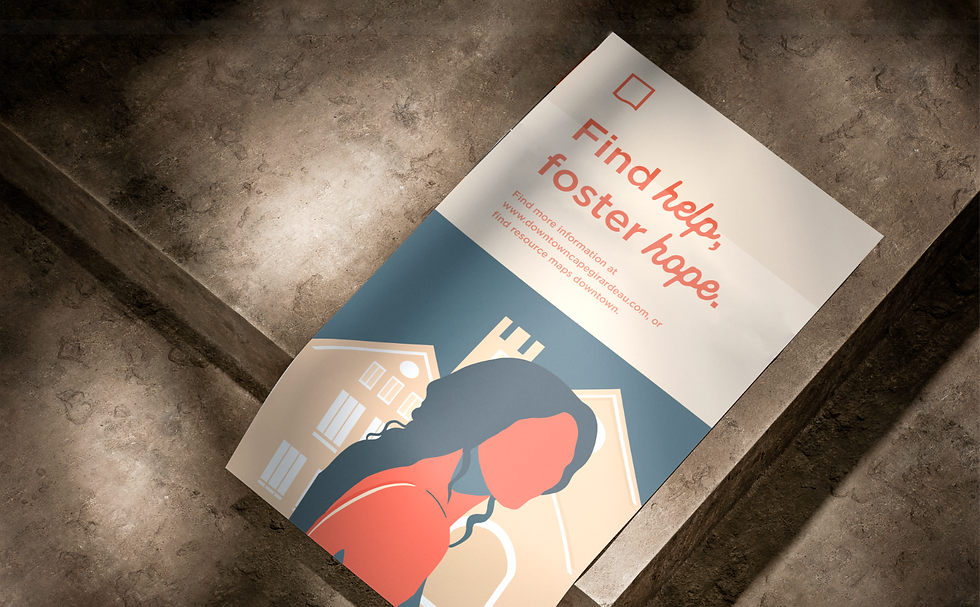
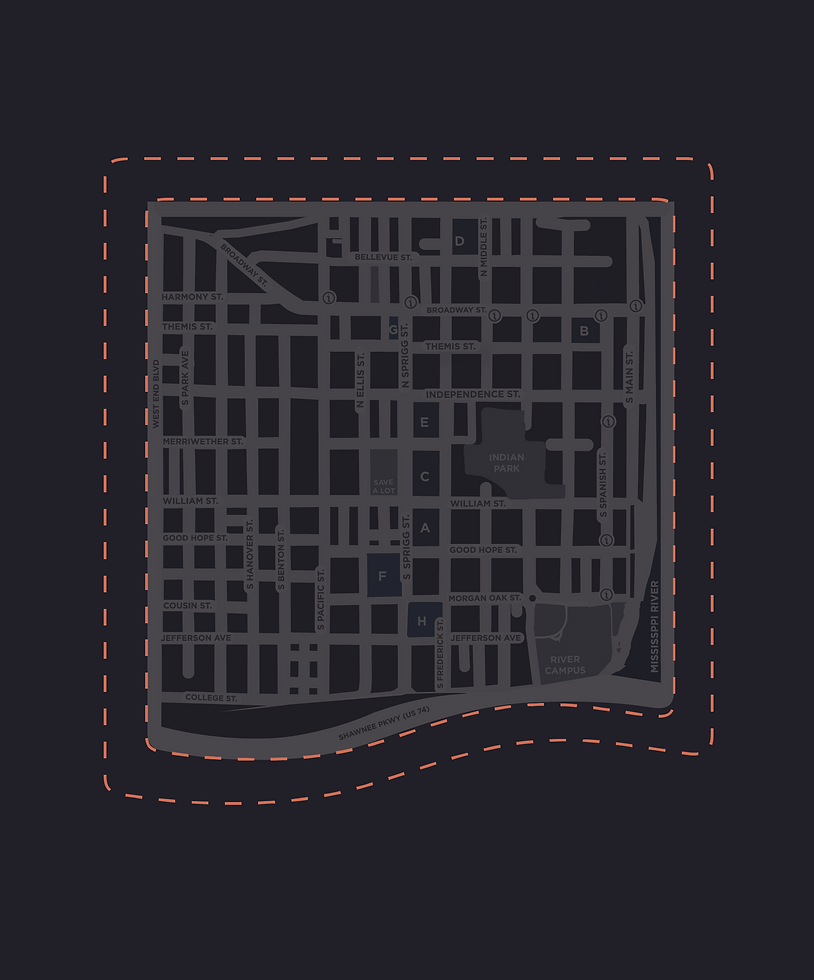
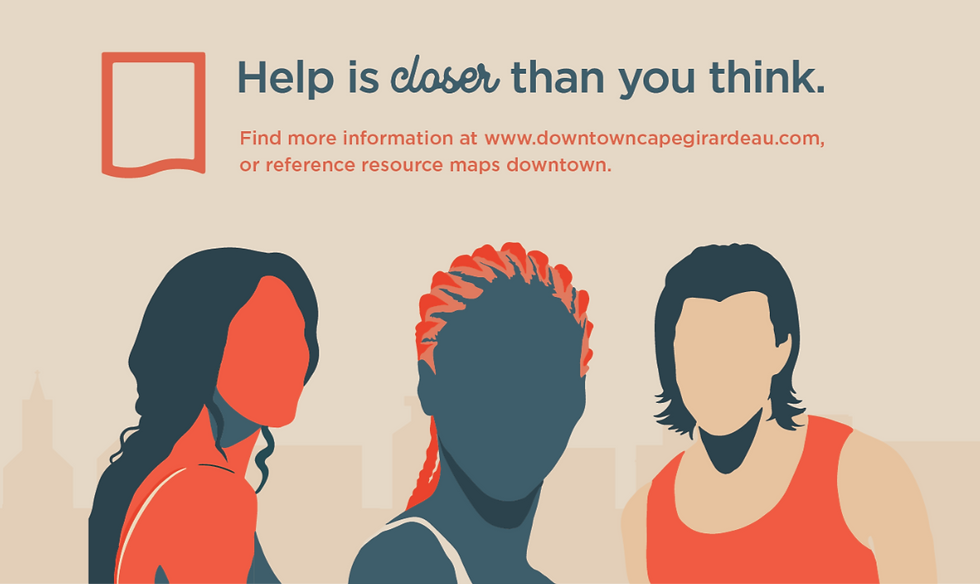
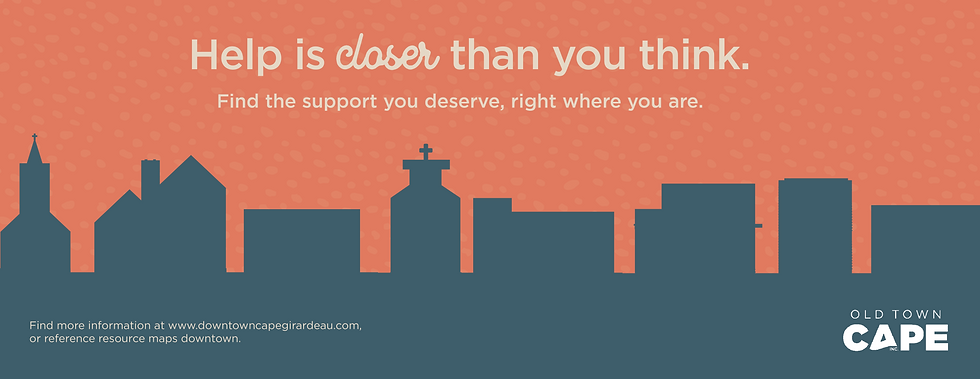
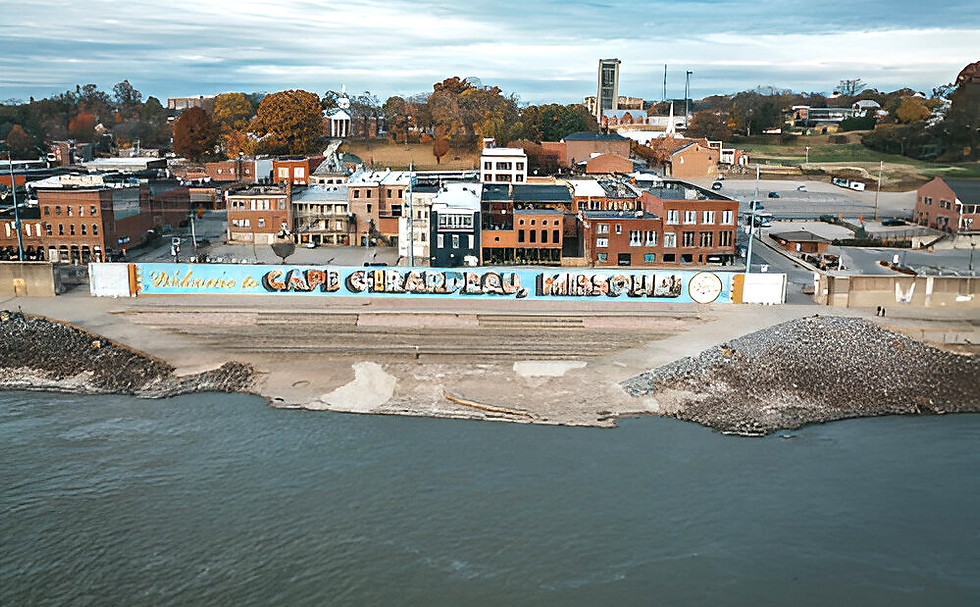
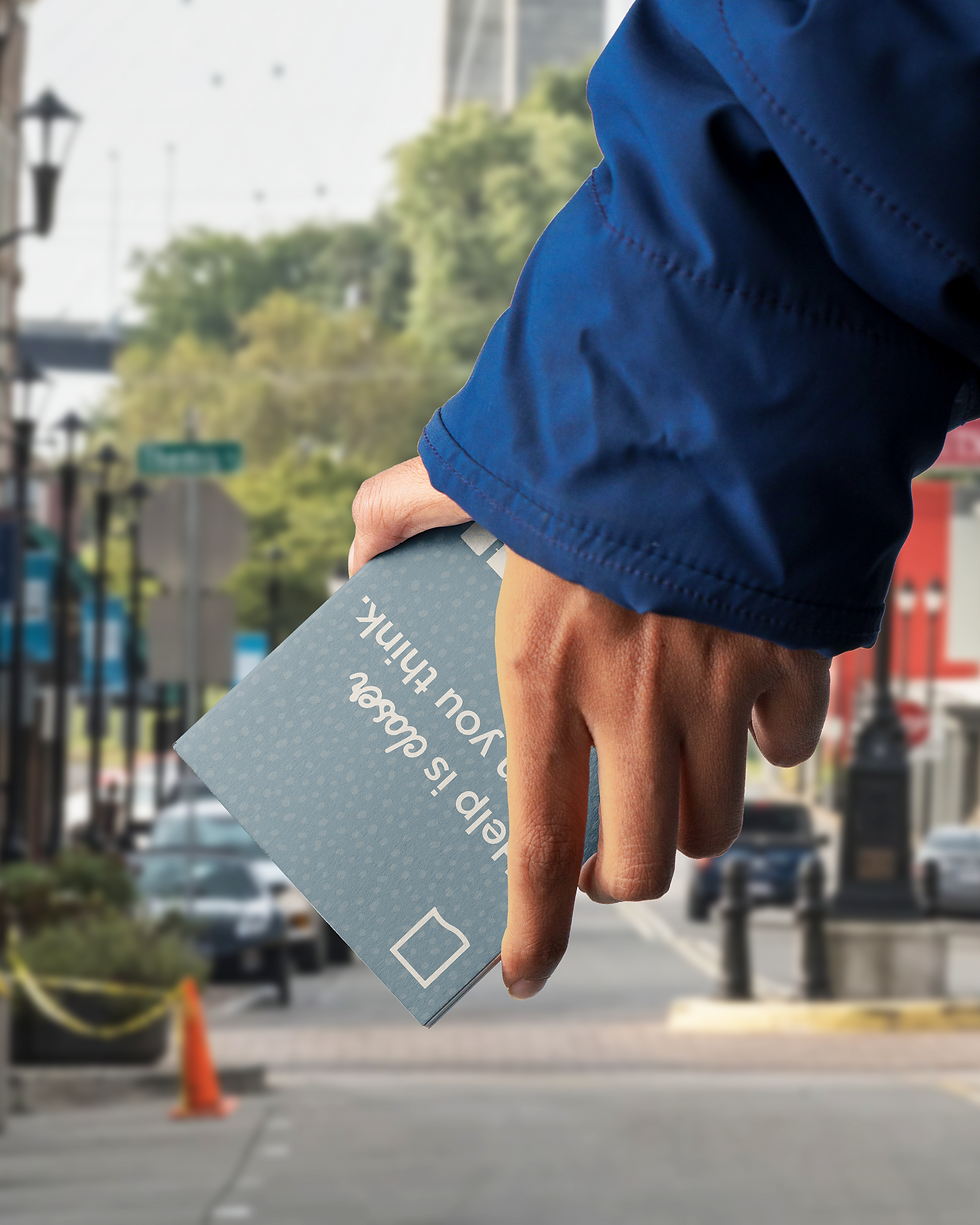
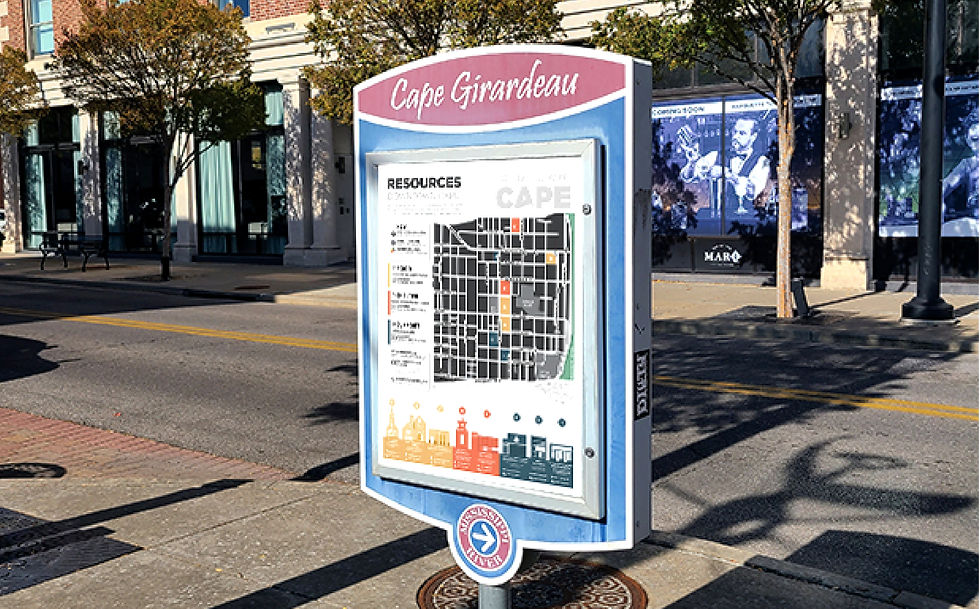-2%20(2)_edited.jpg)
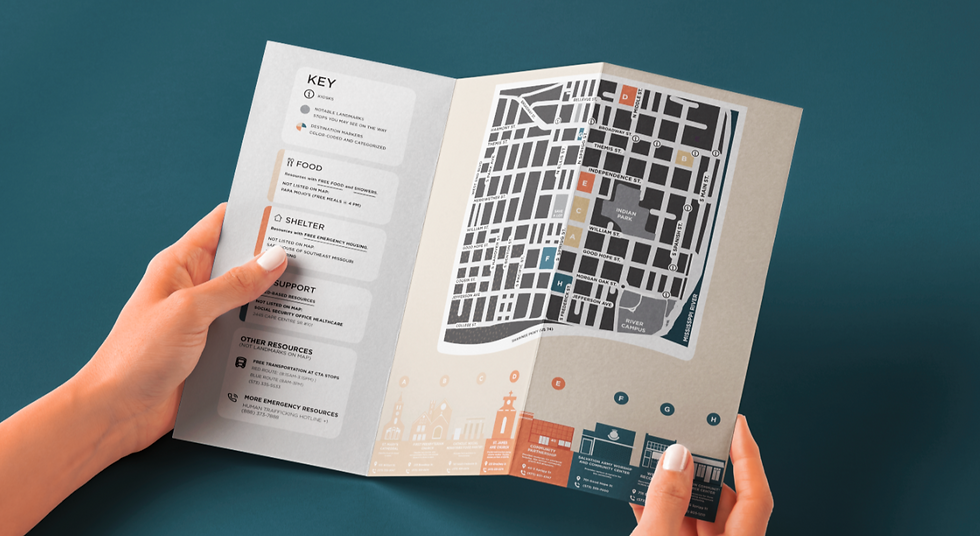

Let's work
together.
© 2025 by Ciara Potter.


